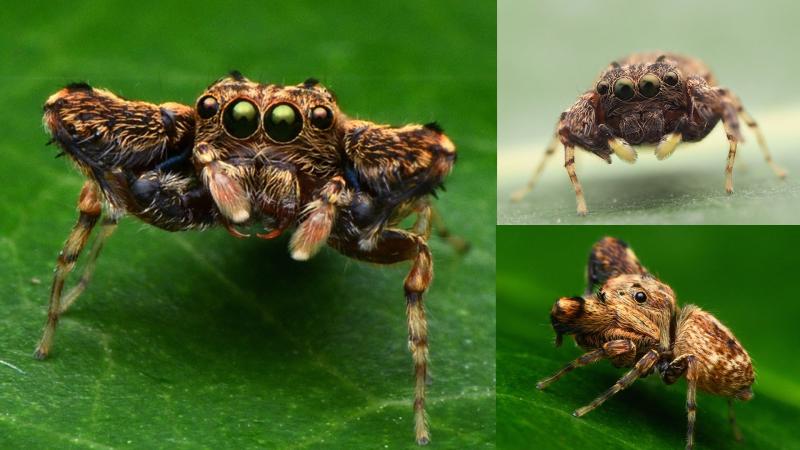
Pilia, an enigmatic genus of jumping spider has just been rediscovered in the tropical forests of Western Ghats after a staggering 123 years. The find has not only led to the description of a brand-new species, Pilia malenadu, but, also allowed researchers to document the first-ever female of the entire genus.
For generations, the Pilia genus remained a frustrating mystery. Since its original description in 1902, only three species have been known, and all have been identified exclusively from male specimens. This meant key morphological details were missing, leaving the spider’s systematic placement within the Salticidae family, the jumping spiders, highly uncertain. The recent field surveys in the biodiverse Kudremukh region of Karnataka, conducted by a team from Saveetha Institute of Medical and Technical Sciences, Tata Silk Farm, Indraprastha Organic Farm, and others, have finally brought the missing pieces into the light.
The new species named Pilia malenadu pays homage to its origin in the Malenadu region in Karnataka, locally known as the "land of hills" (mala meaning hill, nadu meaning land).
Both male and female P. malenadu sport an unusually robust and long first pair of legs. The male, in particular, is easily identified by a dense bunch of stiff, specialised hairs clustered on its carapace (the upper body section) near the lateral eyes. Male P. malenadu also possesses distinctively longer and bent copulatory organs compared to other known species. Crucially, the discovery of the female allowed for the description of its reproductive structures for the first time.
Beyond the lab, the researchers also documented the spiders' unique natural history. P. malenadu appears to be quite particular and shy, found exclusively concealed between the leaves of two specific local plant species, Memecylon umbellatum and Memecylon malabaricum.
However, the field also revealed a moment of high drama in the tropical forest ecosystem: one male P. malenadu was found to be the victim of an unidentified parasitoid wasp larva. This observation marks the first documented case of this host-parasite dynamic for the species and offers a novel insight into the ecological interactions within the region.
The findings have immediately affected the group's taxonomy. With the new data, the researchers were able to confirm that another, previously misclassified species (Pilia albicoma from New Guinea) actually belonged to a different genus, Simaetha. This action formally restricts the distribution of the entire Pilia genus to the Western Ghats of southern India, finally providing scientists with the critical foundation needed to resolve the genus's century-long systematic mystery.